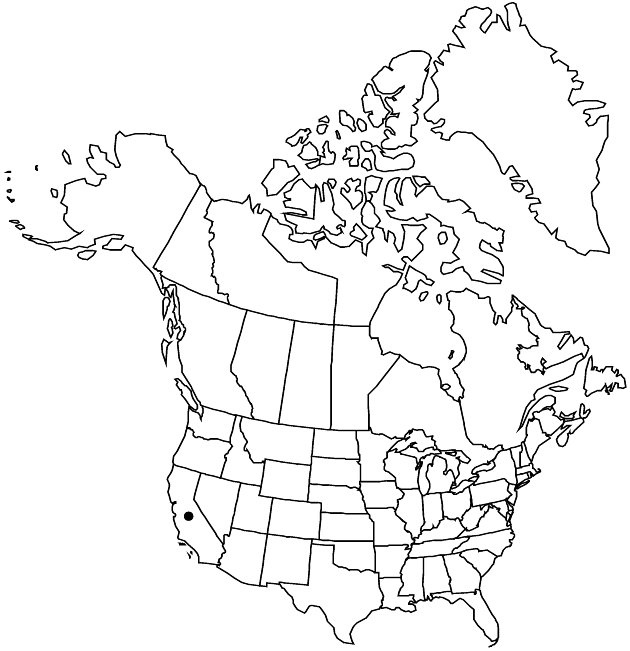Difference between revisions of "Senecio flaccidus var. douglasii"
Phytologia 69: 52. 1990.
Basionym: Senecio douglasii de Candolle in A. P. de Candolle and A. L. P. P. de Candolle, Prodr. 6: 429. 1838
Synonyms: Senecio douglasii var. tularensis Munz
FNA>Volume Importer |
imported>Volume Importer |
||
| (2 intermediate revisions by 2 users not shown) | |||
| Line 55: | Line 55: | ||
|publication year=1990 | |publication year=1990 | ||
|special status= | |special status= | ||
| − | |source xml=https:// | + | |source xml=https://bitbucket.org/aafc-mbb/fna-data-curation/src/2e0870ddd59836b60bcf96646a41e87ea5a5943a/coarse_grained_fna_xml/V19-20-21/V20_1240.xml |
|tribe=Asteraceae tribe Senecioneae | |tribe=Asteraceae tribe Senecioneae | ||
|genus=Senecio | |genus=Senecio | ||
Latest revision as of 19:59, 5 November 2020
Herbage usually ± tomentose (usually with persistent, uneven grayish tomentum), sometimes unevenly glabrescent. Calyculi: bractlets well developed (lengths 1/3–1/2 phyllaries). Involucres usually campanulate. Phyllaries (± 13) ± 21, 7–10(–12) mm.
Phenology: Flowering mostly summer–fall (year around in favorable sites).
Habitat: Dry, open, sandy or rocky sites, usually areas with continual mild disturbance
Elevation: 100–1500 m
Distribution

Calif., Mexico (Baja California).
Discussion
Selected References
None.
Lower Taxa
None.